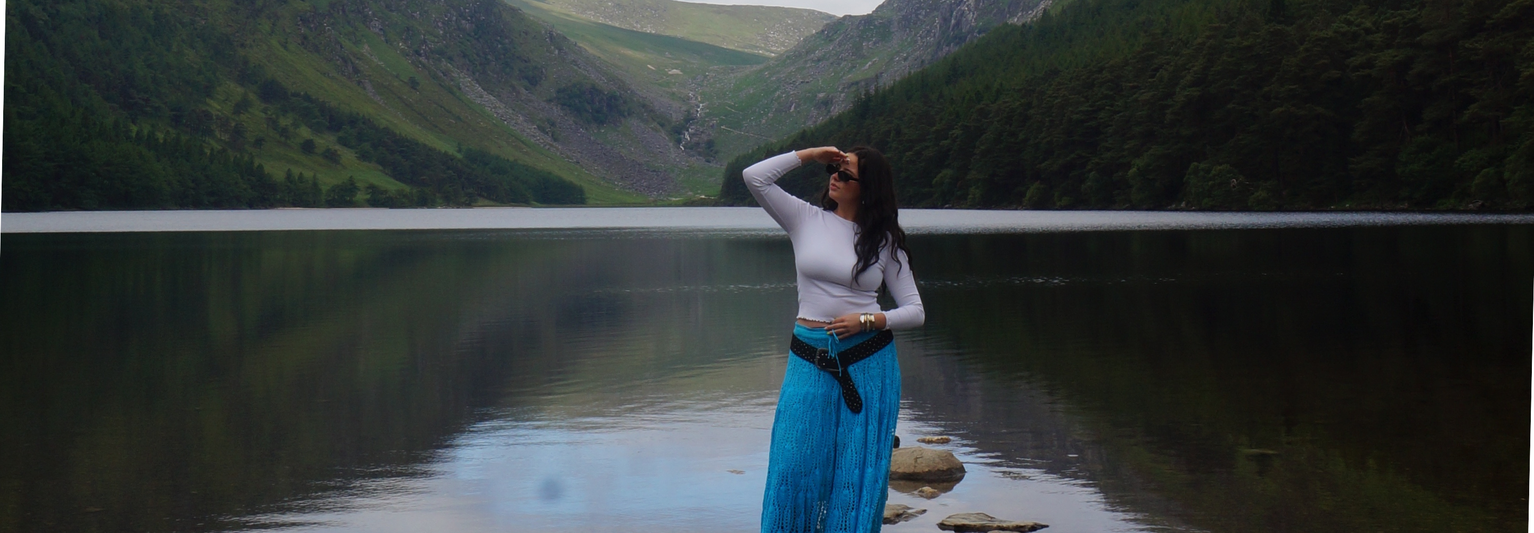
The Lore of Irish Fairies
Sacred trees, mushroom rings, and the Irish superstitions that you totally won’t believe—until suddenly you do.
On my first visit to Ireland, I had a list. Obviously, I needed to try this Guinness that everyone was raving about. I also wanted to see a baby sheep, pretend I was in a dark academia novel, and—most importantly—learn about FAIRIES.
I grew up in the age of Tinkerbell and Barbie Fairytopia, read just about every mythology book on the market, and don’t even get me started on the Tooth Fairy. So naturally, after hearing Irish stories of banshees, leprechauns, gods, selkies, and fairies, it was one of my first questions to my Tour Director. And after several hours of extensive fairy lore, here’s what I learned:
Fairy trees
In Ireland, fairy trees are often Hawthorne trees and are considered sacred. Locals actively avoid these trees—no branch breaking, no touching, no chopping town. Major construction sites have been moved or altered to keep trees intact. Many locals have tales of friends who didn't believe in fairies, broke a branch, and either went missing, aged 40 years in 10, or had incredibly bad luck for the rest of their lives. The Irish generally live by the rule “don’t annoy the fairies.”
Fairy circles
Outside of fairy trees, fairy circles are a popular topic of mythology. Often presented as rings of mushrooms or stones, it’s said that if a mortal steps inside of one they’ll be whisked away into the fairy realm. Other stories say “seven years of bad luck” or “being forced to dance all night”. While we can’t confirm whether or not these superstitions are true, we can tell you that locals will still avoid them out of deep-rooted respect.
Appearance
In media across the world, fairies are often depicted as small creatures, anywhere from 3–7 inches in height with largely-human features, coupled with pointed ears and wings. Often cute, they’re dressed in nature-based attire with flower skirts and acorn hats. The Irish interpretation is much different. While some stories describe them as being miniature, others say they’re around human height or even up to seven feet in stature. Irish fairies are often depicted without wings and can shapeshift (allegedly). They can be stunningly beautiful or terribly hideous.
All in all, fairies are deeply respected in Irish culture and engrained into daily life. From street names to shops to music and more, these “myths” are very much alive. While you might not believe in folklore or superstition, once you visit Ireland and experience an eerily-quiet, endless forest or cliffs that look like they’re carved by gods, you just might change your mind.




















)







)










)



